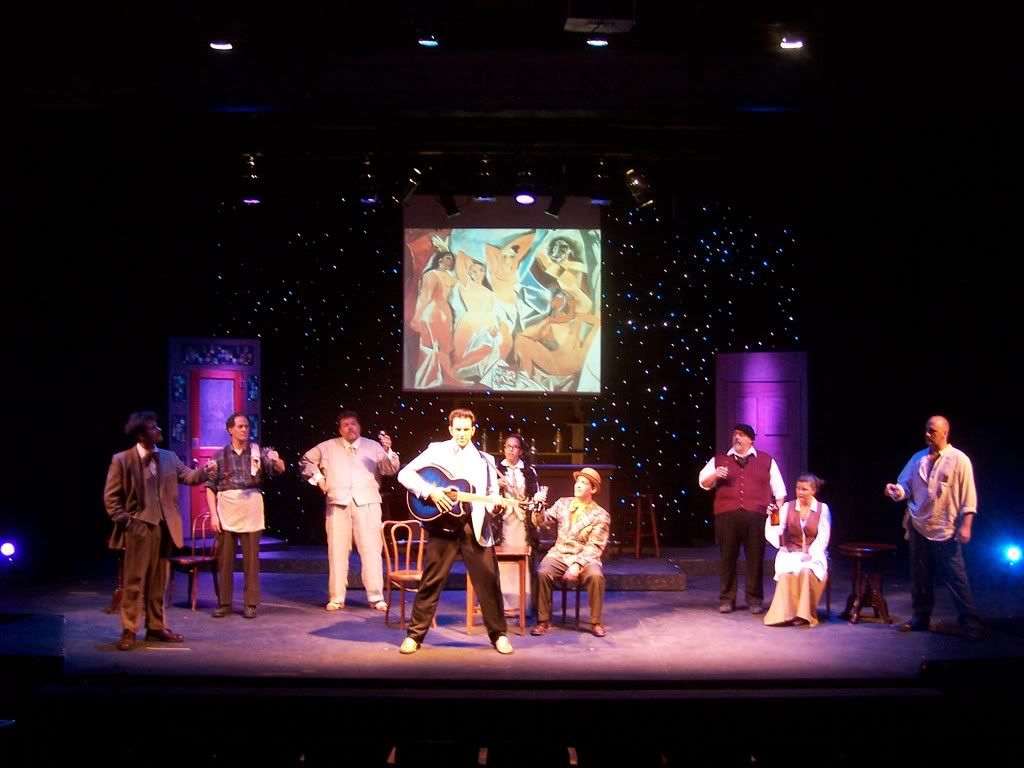Hey Everyone,
I'm working on a pre-production work for an upcoming production of The 25th Annual Putnam County Spelling Bee, and I wanted to be able to incorporate the concept of letters "flying around" inside the brains of the characters.
To do that, I decided to leverage both the existing intels at the venue (Simi Valley Cultural Arts Center) and my own private stash of PocketScans (and two DJ/Scan RGs). The existing intels (Robe ColorSpot 575) were mostly easy, because their 22mm gobos are replaceable with minimal tools. The PocketScans were the challenge. I didn't need the existing 13 "DJ" gobo designs, but I did still need the large spot.
I disassembled one of the PocketScans and removed the gobo wheel, measured it, and modeled a NEW one in Google SketchUp. I then found an exporter for STL and DXF files, and saved the file as triangular polygons. I checked the vertices in both Blender and NetFabb Studio, then scaled it to 1:10, and uploaded it to a 3D printing company called Shapeways.com in the Netherlands. They will sinterize in stainless steel. Here's a link to the model (and yes, it's that expensive to manufacture)...
Link to my custom PocketScan gobo...
From there, I had to get a little creative. The PocketScan uses two magnets and a magnetic sensor to establish the index position for the wheel, so I had to buy a replacement magnet ($0.75 at Michael's) and attach it to the wheel in the same location as the original. Also, since the new wheel was stainless steel, there was a greater magnetic draw. I had to reduce the size of the larger magnet on the PocketScan body to a point that would give the right reading in the sensor.
I'm now writing software (VB) to use with the Velleman USB to DMX box that will allow me to "spell" words as the spellers do. The software finds the next available letter on an instrument, then goes through a DMX macro that randomly positions the letter on the X/Y grid and turns on, then has the letter "drift" down, similar to The Matrix green screen. With the two big intels, six PocketScans, and the two DJ Scan RGs, I should be able to have ten letters up at once...
I'll post pictures as the project progresses...
- Sean Harrington
Original Post

